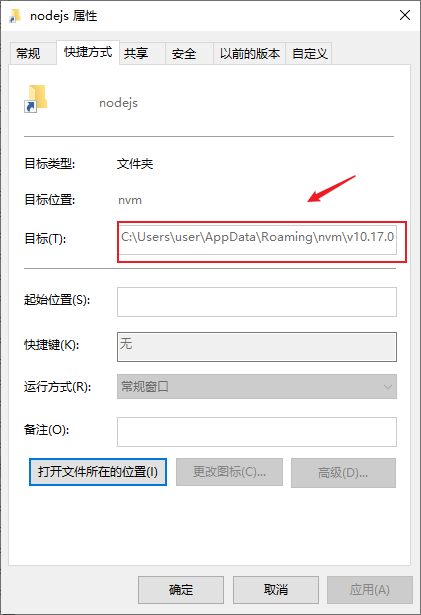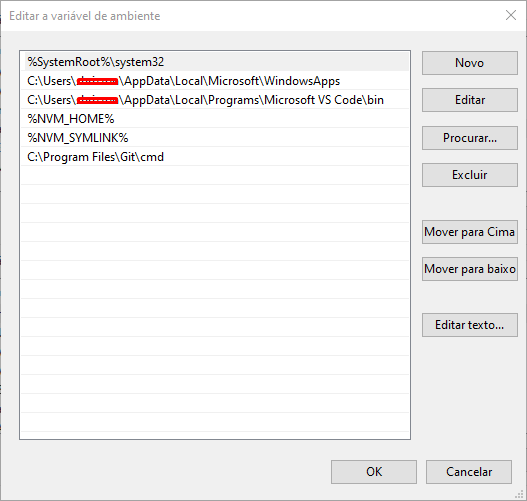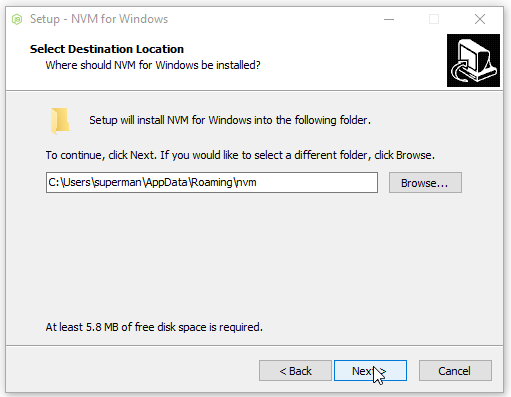
Move the path containing scoop\apps\nvm to the top, and the NVM-selected version will now take precedence. If you use a version and it doesn’t seem to be taking effect, check your PATH environment variable in the System Properties control panel (search for “environment”) it’s probably been re-ordered. When you use a new Node.js version, it will update the binaries under scoop\apps\nvm instead of in $HOME/.nvm. If you’re familiar with NVM on Unix-like systems, you’ll find it works a little differently on Windows with Scoop. So we issue two NVM commands to install and use it: nvm install 8.11.2 We’re using the latest LTS version for ours, which as of the time of this writing is 8.11.2. The next thing you’ll want to do is make sure you’re on the right version of Node.js for your project. To finish setting up Git with OpenSSH, note the post-install message that tells you to set up the GIT_SSH environment variable.įinally, in case you want to quickly do things as an administrative user (which you may, later in this post!), I recommend you install Sudo, which knows how to elevate privileges inside a PowerShell session without spawning a brand new one: scoop install sudo Managing Node.js versions

If you’re planning on checking out or committing code to GitHub, you’ll also want tools for that: scoop install openssh git If your project uses Yarn, as ours does, you can grab that from Scoop, as well: scoop install yarn For just Node.js, you’ll want the nodejs package, plus nvm for version management with NVM: scoop install nodejs nvm Once you’ve got Scoop installed, it’s time to add some packages. Instead, install Scoop first, and you’ll get a nice, clean way to add the packages you’ll need without a single web search. No one wants to waste time hunting down downloads for a development environment. In this post, I’ll talk you through how we get our Windows command-line environments set up for the Node.js (actually, Electron) application my team is developing. And, of course, with Node.js itself being constantly under development, you’ll want to lock down your development to a version your code can use.

But if you need to compile extensions, you’ll need a few more things.


Well, for some applications, that’s true. Node.js is just JavaScript, right? So it should be really easy to run Node.js applications on Windows-just download and install Node, npm install, and go, right?


 0 kommentar(er)
0 kommentar(er)
